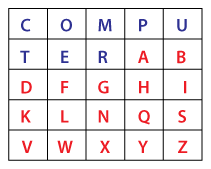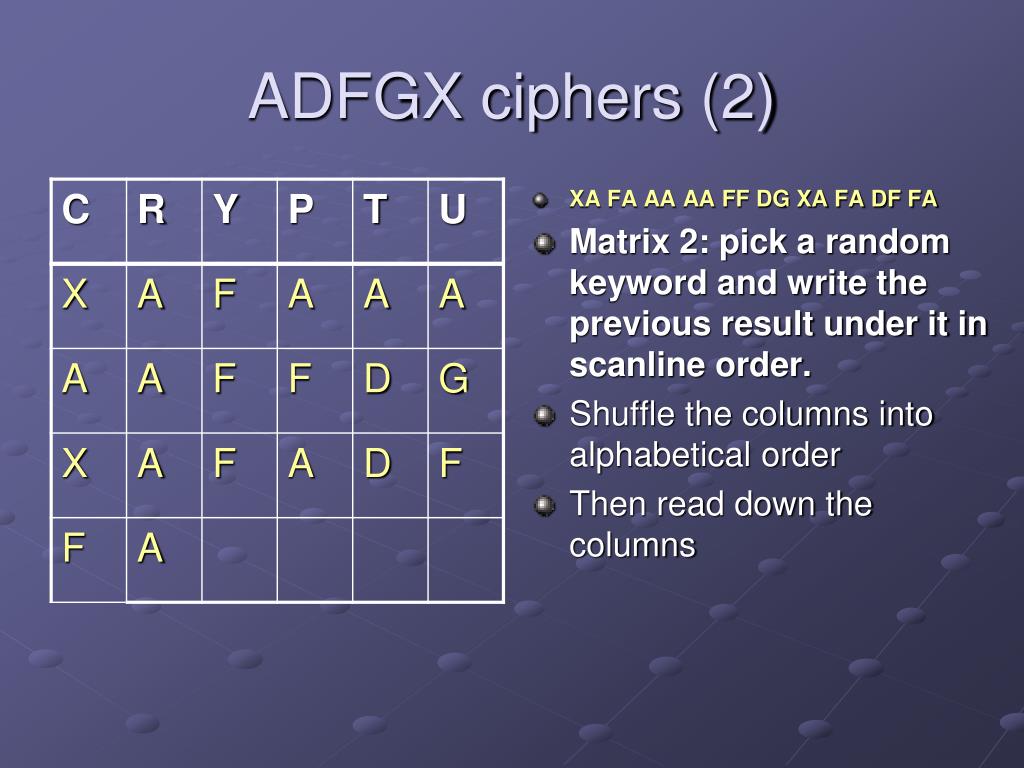
The pair TH forms a rectangle, replace it with ZBĤ. The pair DE is in a column, replace it with ODģ. The pair HI forms a rectangle, replace it with BMĢ. Using "playfair example" as the key, (assuming I and J are interchangeable) the table becomes:įile:Playfair Cipher building grid omitted letters.png A Q U E LĮncrypting the message "Atacaremos al amanecer":ġ. To decrypt, use the INVERSE (opposite) of the first 3 rules, and the 4th as-is (dropping any extra "X"s (or "Q"s) that don't make sense in the final message when finished). The order is important – the first letter of the encrypted pair is the one that lies on the same row as the first letter of the plaintext pair.

A typical scenario for Playfair use would be to protect important but non-critical secrets during actual combat. This was because Playfair is reasonably fast to use and requires no special equipment. It was used for tactical purposes by British forces in the Second Boer War and in World War I and for the same purpose by the Australians and Germans during World War II.

Lord Playfair, who heavily promoted its use. The frequency analysis of digraphs is possible, but considerably more difficult – and it generally requires a much larger ciphertext in order to be useful. Frequency analysis can still be undertaken, but on the 600 possible digraphs rather than the 26 possible monographs. The Playfair is thus significantly harder to break since the frequency analysis used for simple substitution ciphers does not work with it. The technique encrypts pairs of letters ( digraphs), instead of single letters as in the simple substitution cipher and rather more complex Vigenère cipher systems then in use. The scheme was invented in 1854 by Charles Wheatstone, but bears the name of Lord Playfair who promoted the use of the cipher.
#Playfair cipher manual
The Playfair cipher or Playfair square is a manual symmetric encryption technique and was the first literal digraph substitution cipher. The Playfair system was invented by Charles Wheatstone, who first described it in 1854.

Template:Refimprove File:Charles Wheatstone - Project Gutenberg etext 13103.jpg


 0 kommentar(er)
0 kommentar(er)
